在群山、丘陵与湖泊之间
设计互联
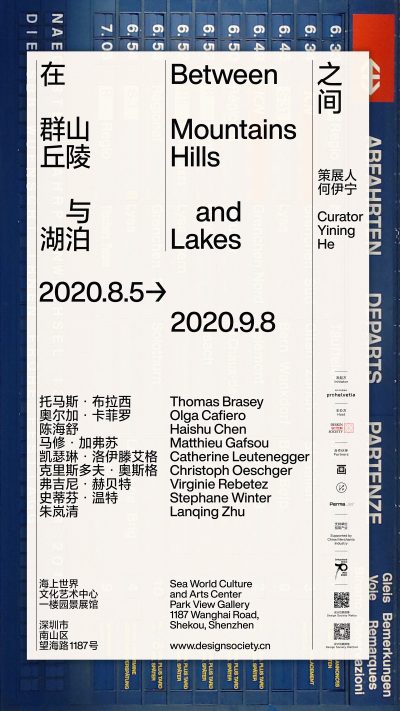
2020.8.5-9.24
参展艺术家:托马斯·布拉西、奥尔加·卡菲罗、陈海舒、马修·加弗苏、凯瑟琳·洛伊滕艾格、克里斯多夫·奥斯格、弗吉尼·赫贝特、史蒂芬·温特、朱岚清
发起方:瑞士文化基金会上海办公室
策展人:何伊宁
火车驶出挂有标志性的瑞士国铁时钟的苏黎世火车站台,驶往200余公里以南的洛桑路途中,覆盖着积雪的绵延山脉到波光淋漓的湖面,窗外不断变化的风景塑造了瑞士独特的地理环境和社会文化,也同时挑战着旅行者的视觉经验和感知。“在群山、丘陵和湖泊之间”基于策展人在过往两年内在瑞士的访问和调研,以瑞士的地理环境作为隐喻,将从地理、神话、科技和日常相关等不同维度考察与这个国家社会、文化相关的摄影和相关媒介的作品,在展现一个融合和复杂的当代瑞士的同时,侧面考察瑞士当代图像创作的独特之处。展览共挑选了7位活跃在国际舞台并引领瑞士当代摄影的摄影艺术家,以及两位曾经参与瑞士驻留项目的中国摄影家的9组作品。他们的作品所构建出的诸多线索层层叠加,带领观者在当代瑞士的视觉世界中穿行。
基于历史和当下的对话,弗吉尼·利百茨的《女巫之锤》(Malleus Maleficarum)是针对弗里堡市天主教地区普遍存在、根植于该文化的灵媒与疗愈师进行了一次摄影学调研,将其置于猎巫这一更广阔的历史语境中考察了他们的身份与实践。托马斯·布拉西的《自由》(Libre)是一次针对20世纪70年代汝拉州暨共和国(Republique et Canton du Jura)人们争取身份认同的视觉回应,回顾了瑞士现代历史中的这一独特案例。史蒂芬·温特的《温特一家》 (Die Winter)则将议题对准自己的生活故事,通过温情的日常照片积极和诙谐看待自身被收养的故事,引导我们重新思考该如何看待一个典型的家庭,并邀请我们摆脱先入为主的观点。
以瑞士特殊的地理环境作为切入点,奥尔加·卡菲罗的《听》(Costiss)是对瑞士凡塞斯卡山谷的一次视觉考察,她将山谷的神秘性与自我身份认同联系在一起,以试图感知山谷及其文化的独特性。朱岚清的《山上的雅努斯》直指被人类征服的阿尔卑斯山作为现代娱乐消费场域的状况,把焦点放在人类在山区的消费行为对风景造成的影响。于此相对应,克里斯多夫·奥斯格的《2°》运用最新的图像生成技术考察气候政治与环境保护之间的复杂关系,同时,他在该作品的一部散文电影中将来自⽓候调查历史中的不同事件以及关于我们如何能理解气候变化的问题编织其中。从宏观的山地保护到微观的水生态,陈海舒的《泡沫》将实现转向瑞士最引以为傲的⾃然资源之一——水,该项目通过多种媒介,如照片,声音,视频采访和现有材料展开了一个围绕“水”展开的虚构故事,探讨人类对自然环境的⼈⼯化,以及再自然化这一现象。
科技作为当代瑞士经济和文化的核心潜力,以创新的视觉语言体现在凯瑟琳·洛伊滕艾格和马修·加弗苏的作品之中。洛伊滕艾格在《科学之美》(Beauty of Science)项目中探访了瑞士洛桑联邦理工学院校园,在一年的时间里,她通过大量细致的科学肖像,模糊了她所创造的图像与那些她自己发现并制作的之间的界线,以此捕捉其当下、勾勒其未来。马修·加弗苏的《超人类主义》(H+)是一次摄影与超人类主义的持续对话,并在此作品中建立一个清晰的超人类主义革命地图。
在这9组作品的基础上,“在群山、丘陵与湖泊之间”还将展出瑞士文化基金会在过去五年来支持瑞士摄影师出版的摄影书集,现场将陈列30摄影书。巡展期间将举办线上线下研讨会、艺术家分享会、工作坊等一系列公共教育活动,以此探讨有关中瑞两国当代图像生产的议题性、技术性和艺术性,以及围绕着摄影行业在两国的现状和未来展开讨论。
深圳站展览活动:
[开幕论坛]看瑞士:当代摄影的创作生态与图像语言
嘉宾:段煜婷 (连州国际摄影年展总监)、朱岚清 (艺术家)、何伊宁 (策展人)
地点:海上世界文化艺术中心园景展厅
2020年8月7日下午14:30——16:00
[线上论坛]从山体到水系:瑞士的生态、环保与影像实践
嘉宾 : 陈海舒、克里斯多夫·奥斯格、周美月
主持人 : 何伊宁
2020年8月28日 下午 19:00— 20:30
Between Mountains, Hills and Lakes
Design Society
Artists: Thomas Brasey, Olga Cafiero, Chen Haishu, Matthieu Gafsou, Catherine Leutenegger, Christoph Oeschger, Virginie Rebetez, Stephane Winter, Zhu Lanqing
Initiator: Pro Helvetia Shanghai, Swiss Arts Council
Curator: He Yining
As the train departs from Zürich HB, where the iconic Mondaine railway clock hangs above the platform, the passengers are about to enter a world that will awaken their senses and leave them with visual experiences they won’t easily forget. The southbound journey to Lausanne, a city more than 200 kilometres from Zürich, is characterized by the breathtaking view of snowy mountains and crystal lakes—the ever-changing sceneries that make up the unique geographic and cultural landscape of Switzerland. Between Mountains, Hills and Lakes starts from the curator’s own travel experience and research in Switzerland in the past two years and goes on to examine artworks in photography and related media that explore the society and culture of the country from geographic, mythical, technological, and everyday perspectives. Using geography as a metaphor, the exhibition not only aims to present Switzerland as a melting pot for diverse cultures and complexities, but also hopes to illustrate the uniqueness of contemporary Swiss art. The 9 projects featured in the exhibition come from 7 leading photographers from Switzerland who are active on the global art stage and 2 Chinese photographers who have completed residencies in Switzerland in recent years. These artworks combine to construct a multi-layered visual representation of contemporary Switzerland for the audience to traverse and explore.
In Malleus Maleficarum, Virginie Rebetez starts a dialogue between history and the present by investigating the phenomenon of mediums and healers, which are common in the catholic region of Fribourg and well-rooted in the culture, and learning about their identity and practice as she places them in the broader historical context of witch-hunting.[1] Thomas Brasey’s Libre revisits the attempts by the people of the Republique et Canton du Jura to fight for their independent identity in the 1960s and 1970s, which remains a unique case in Switzerland’s modern history. In Die Winter, Stephane Winter draws inspiration from the story of his own life as an adopted child and approaches the subject with positivity and a sense of humour; through heartwarming photos of everyday life, the artist encourages the viewer to reconsider the definition of the “typical family” and to free oneself from preconceived notions of what it should be.
Olga Cafiero’s Costiss is rooted in Switzerland’s unique landscape and focuses on the Valle Verzasca, a valley in the Locarno district of the Canton of Ticino; by integrating the mythical nature of the valley and one’s own identity, her work delves deep into the culture of the region. In Janus on the Mountains, Zhu Lanqing sees the Alps not as a symbol of wilderness but as a conquered property for entertainment and consumerism; her work explores the ways human activities have been affecting the local landscape. Similarly, Christoph Oeschger’s 2° explores the complex relationship between climate politics and environmental protection with cutting-edge imaging technologies; in an essay film, he uses different events from the history of climate investigation to discuss how we can understand climate change. In Bubbles, Chen Haishu turns his gaze toward the water, one of the most important natural resources in Switzerland. From large-scale mountain reservoirs to aquatic ecosystems on the micro-level, his work combines various media (including photos, sounds, videos and other existing materials) in a fictional narrative that revolves around “water”, exploring the artificialization of nature and its subsequent re-naturalization.
As one of the core strengths behind Switzerland’s economy and culture, technology has taken on fresh meanings in Catherine Leutenegger’s and Matthieu Gafsou’s works through creative visual languages. In Beauty of Science, Leutenegger visits the Swiss Federal Institute of Technology Lausanne and spends a year making numerous intricate portraits of science and technology that challenge the boundary between the images she creates and those she discovers and produces, which allows her to capture the present while envisioning the future. On the other hand, Matthieu Gafsou’s H+ presents an ongoing conversation between photography and transhumanism, in which the artist is able to create a detailed map of the transhumanist revolution.
In addition to the 9 projects featured in the exhibition, Between Mountains, Hills and Lakes will also showcase 30 photography books published in the last 5 years with the support of the Swiss Arts Council Pro Helvetia. There will be a comprehensive public outreach program accompanying the exhibition that includes online and offline symposiums, artist talks, workshops, and other events, which will focus on the topicality, technicality and artistry of image production in China and Switzerland, as well as the current and future state of the photography industry in both countries.
[1] Olga Yatskevich, http://virginierebetez.com/malleus-maleficarum
Exhibition Events:
[Opening Forum]Seeing Switzerland:
The Creation Ecology and Photographic Languages of Contemporary Photography
Guest: Yuting Duan, Lanqing Zhu, and Yining He
Exhibition Space, Sea World Culture and Arts Center
2020.8.7 14:30 – 16:00
[Webinar]From Mountain Ranges to Water System: Ecological Issues and Photographic Practices in Switzerland
Guest: Haishu Chen, Christoph Oeschger, Meiyue Zhou
Moderator: He Yining
2020.8.28 19:00-20:30
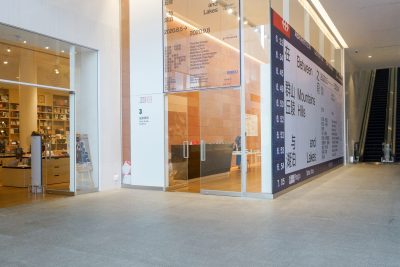
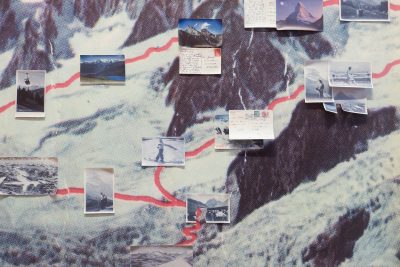
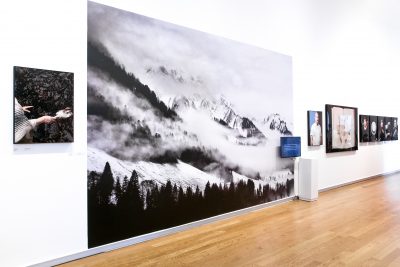
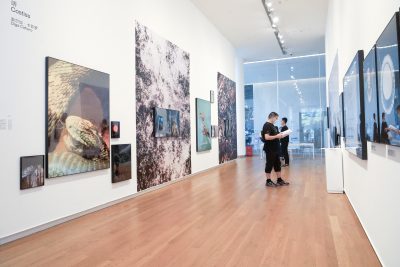
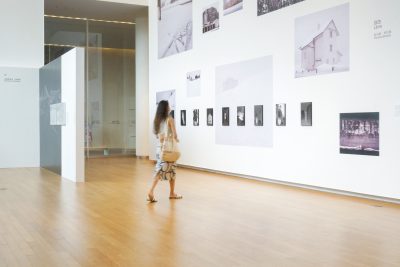
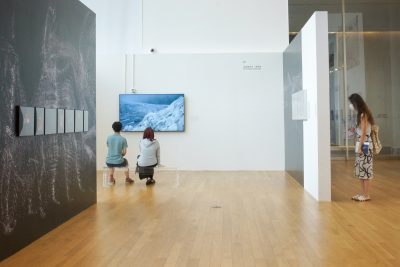
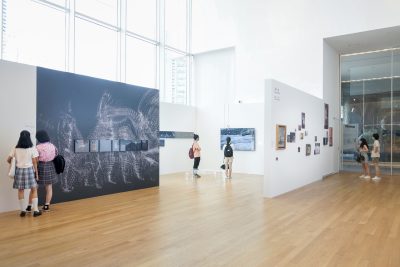
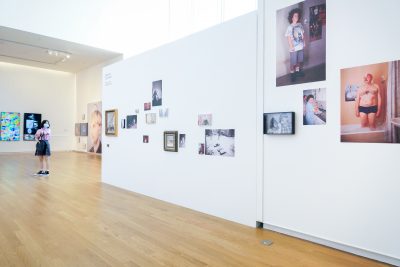
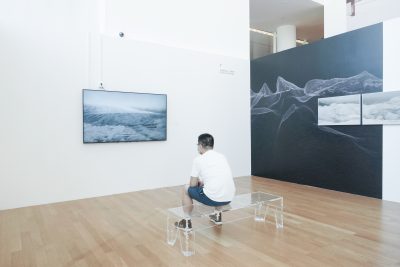
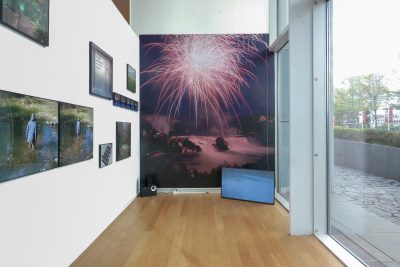
Reply